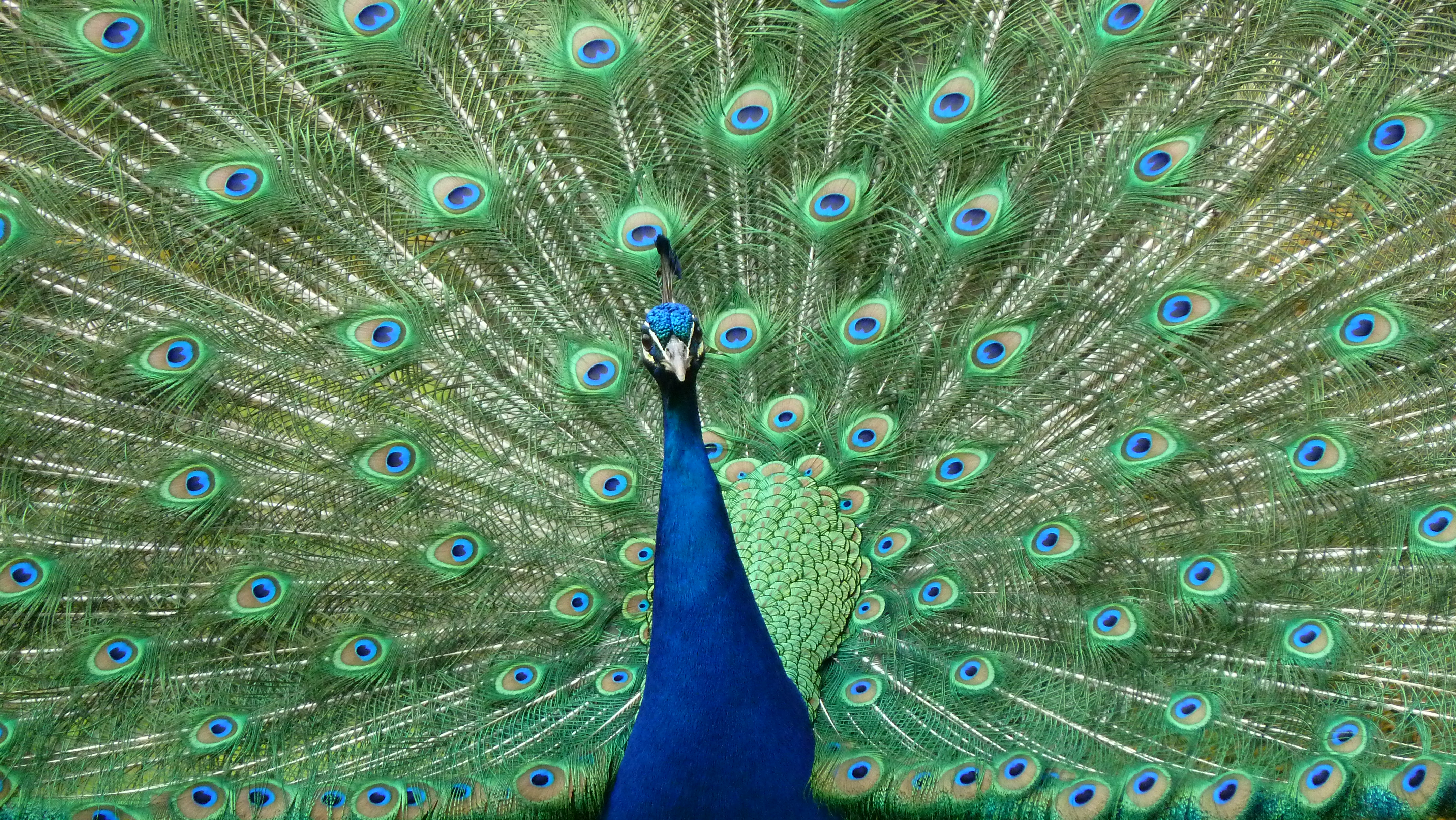Prior to the arrival of the British, Abbotsbury was part of the lands on which the Cabrogal clan of the Dharug people lived as hunter-gatherers, with strong kinship ties.
Today, the Western Sydney Parklands, part of which can be found in the suburb of Abbortury are still important to the Cabrogal clan, as the hills in the area, were meeting places for their people.
 |
| Aboriginal boomerangs at the Museum of Sydney |
 |
| The Sydney Gazette and New South Wales Advertiser (NSW : 1803 - 1842) Thu 15 Apr 1824 |
 |
| The Sydney Gazette and New South Wales Advertiser (NSW : 1803 - 1842) Thu 4 Aug 1825 |
It is also mentioned in the newspaper how the neighbours of William Browne, at Abbotsbury, were Sir John Wylde and Captain Weston. Interestingly, Captain Weston's wife was a daughter of Colonel Johnston, of Annandale.
The newspaper article then talks about dams and water sources, saying,
"There is a small one at Abbotsbury near the house,
which not only produces water of the best quality, but
in such abundance, that none of the proprietors of the
estate have hitherto found it necessary to dig a
well for domestic supply. We can speak personally
to the goodness of the water."
which not only produces water of the best quality, but
in such abundance, that none of the proprietors of the
estate have hitherto found it necessary to dig a
well for domestic supply. We can speak personally
to the goodness of the water."
As to the house on the Abbotsbury farm:
"The cottage itself is plain, but suitable for a gentleman of rank
and property, the size form and localities of the
rooms being remarkably convenient."
land on this estate will entitle the purchaser to twenty-seven convicts. A man of property ought
to expend a couple of hundred pounds in clearing."
 |
| Peacocks at Calmsley City Farm, |
Abbotsbury parkland reserves are part of the Western Sydney Parklands, which stretch 27 kilometres from Quakers Hill to Leppington, through Blacktown, Fairfield and Liverpool. These parkland areas have important associations and historic importance for Aboriginal people and they are also important as sites where prominent early settlers, like Edward Abbott and William Browne, conducted agriculture.
The entrance to the Western Sydney Parklands in Abbotsbury is the Plough and Harrow area, at the corner of Elizabeth Drive and Windsor Road.
 |
| Looking over a southern section of the parkland, from Calmsley Hill Farm in Abbotsbury |
 |
| Plough and Harrow, Abbotsbury |
 |
| View over Abbotsbury |




